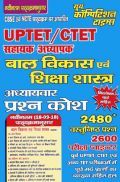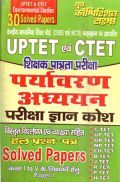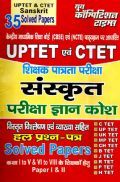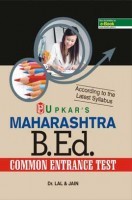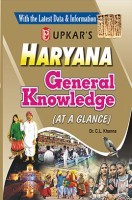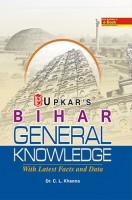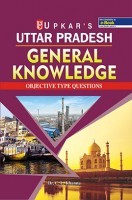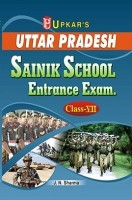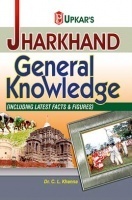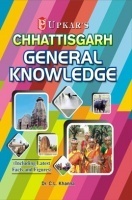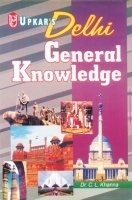In this book short-cuts have been given to solve objective type sums in minimum possible time. In order to solve objective type sums one should have conceptual clarity and should be able to apply the concepts properly. Almost all books containing objective type sums do not contain subject matter. In fact they provide a collection of problems. That is why students required other books to study subject matter and to build up concepts before they start solving objective type sums. Keeping this requirement of students in mind, I have discussed the subject matter in detail with suitable illustrations so that a reader of this book may not feel the need of consulting any other book.
In each chapter, subject matter has been discussed in a systematic and lucid manner with illustrations. Illustrative objective type examples have been given to enable the students to apply the concepts studied, in subject matter, in solving objective type sums. Normally, while solving objective type sums, students do not develop confidence because of non-availability of proper solutions from which they can verify their attempt. Keeping this in mind, solutions of objective type exercises have been given in the same sequence.
This book Useful for B.TECH, B.Pharma And B.Arch Entrance Exam.
1. Sets, Relations and Functions
2. Complex Numbers
3. Quadratic Equations
4. Sequences and Series
5. Logarithm, Exponential and Logarithmic Series
6. Binomial Theorem
7. Permutations and Combinations
8. Matrices and Determinants
9. Probability
10. Inequalities and Mathematical Induction
11. Trigonometric Ratios and Equations
12. Properties of Triangle
13. Heights and Distances
14. Inverse Trigonometric Functions
15. Rectangular Cartesian Coordinates
16. Straight Line and Pair of Straight Lines
17. Circles and Family of Circles
18. Conic Section
19. Functions
20. Limits, Continuity and Differentiability
21. Differentiation
22. Applications of Derivatives
23. Indefinite Integration
24. Definite Integrals
25. Area of Bounded Regions
26. Differential Equations
27. Vector Algebra
28. Statistics
29. Statics
30. Dynamics
Level of Difficulty–1
Level of Difficulty–2







